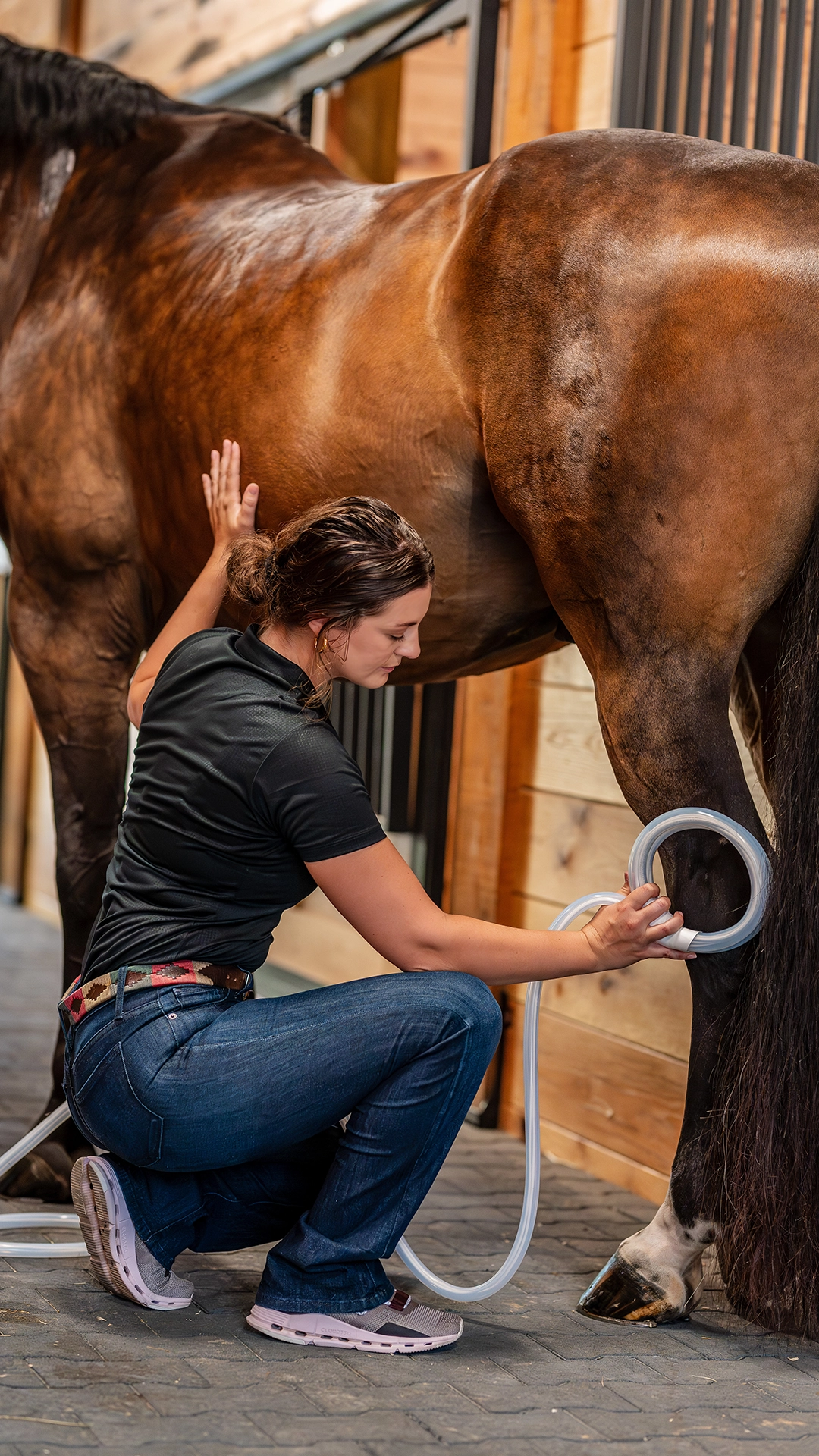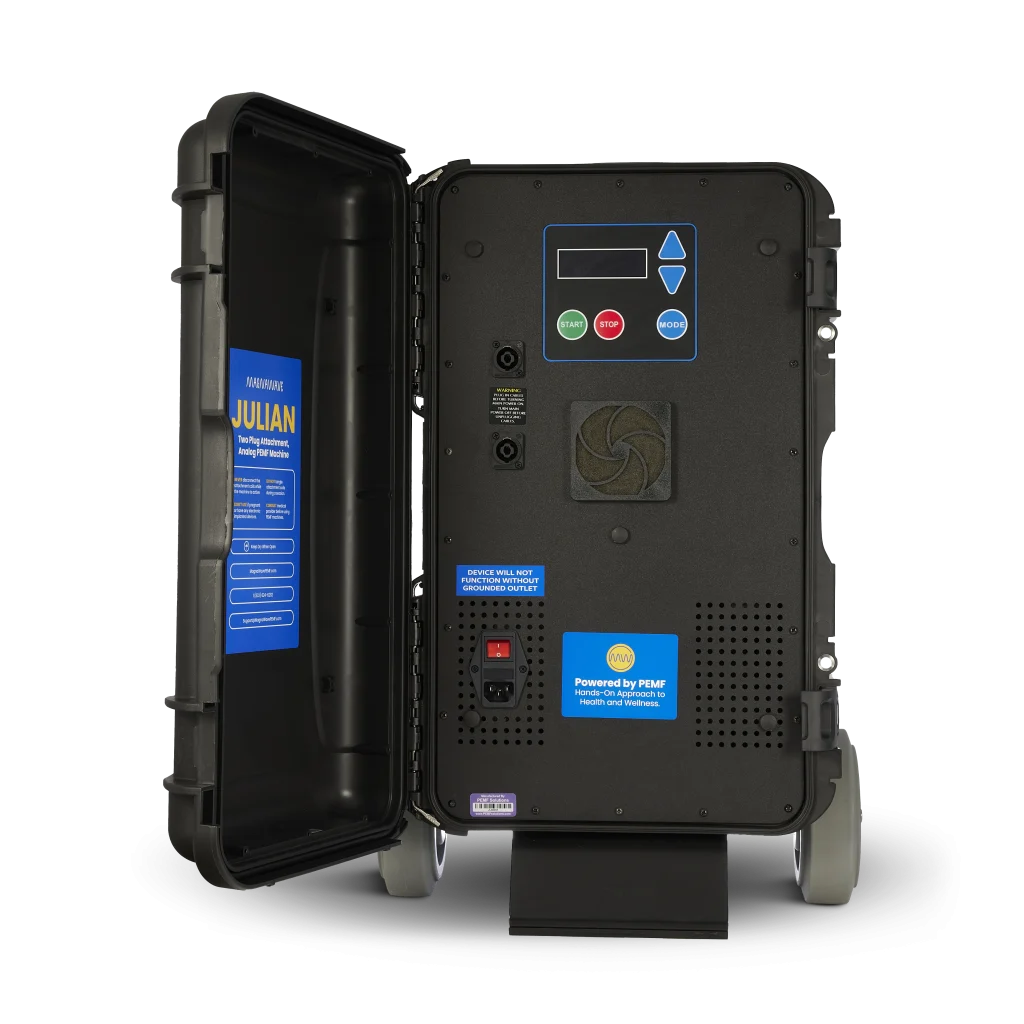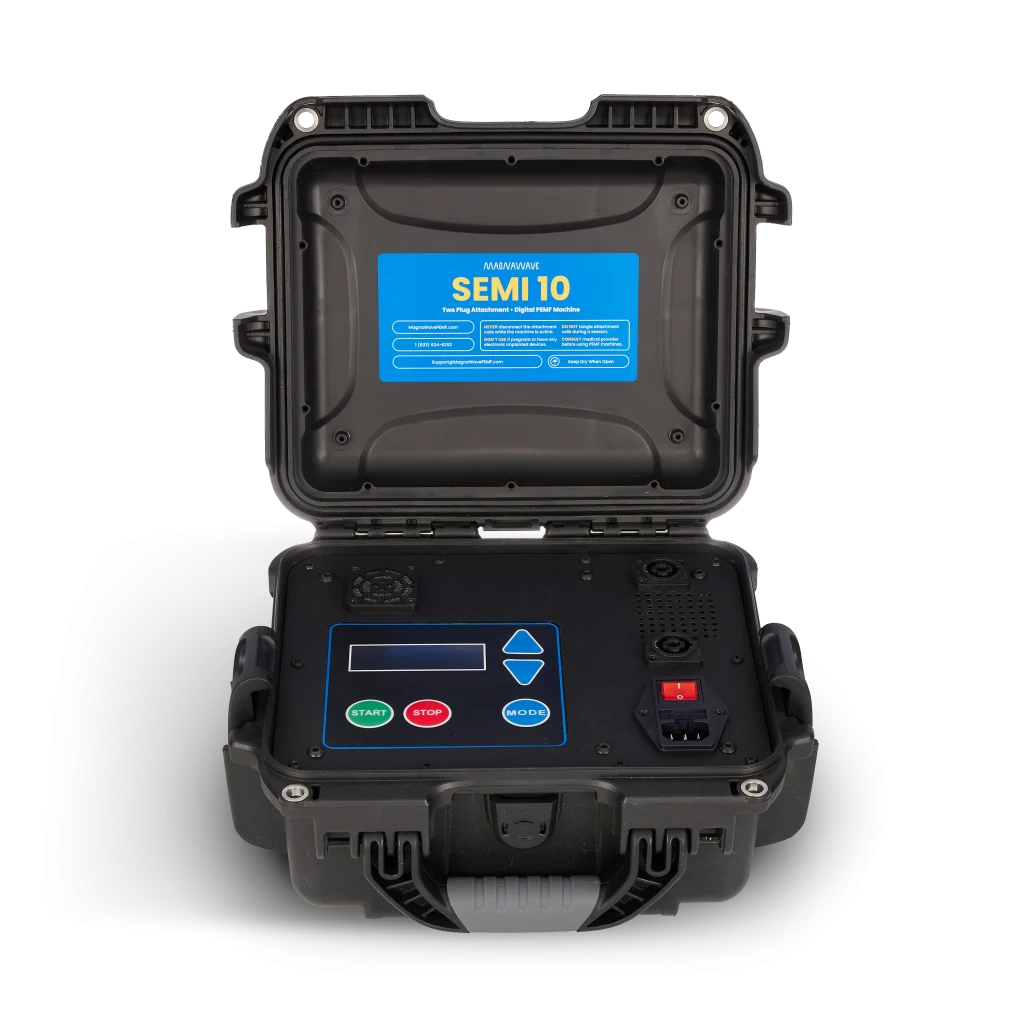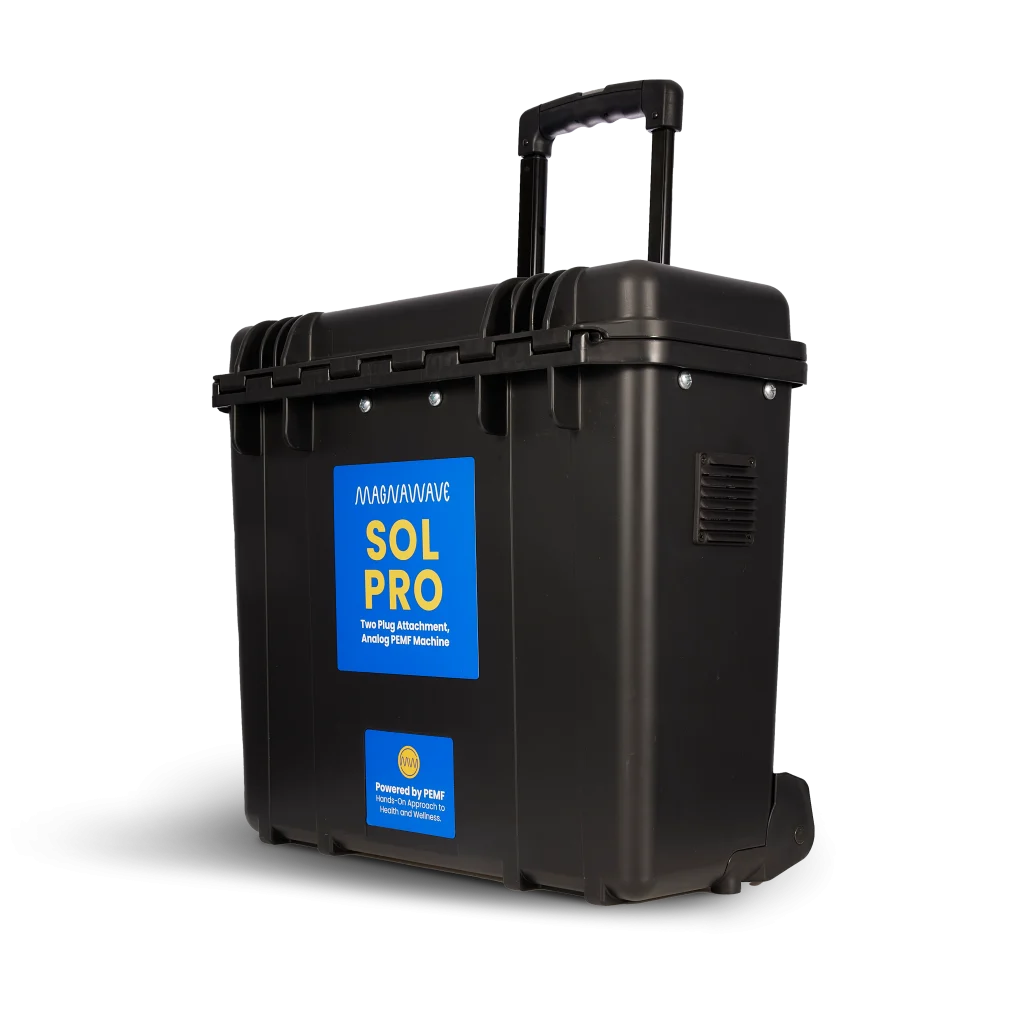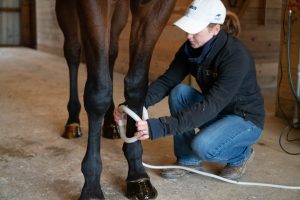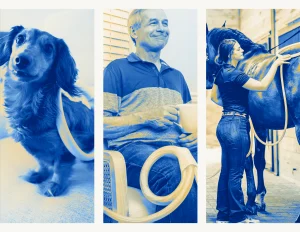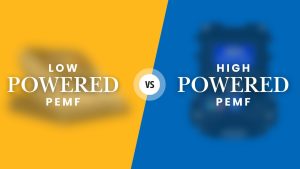Benefits of PEMF for Equine Osteoarthritis
Osteoarthritis is the leading cause of lameness in performance horses, yet long-term solutions remain elusive. Hoping to fill that gap, researchers at Colorado State University tested whether a single pulsed electromagnetic field (PEMF) treatment could give horses short-term relief. They worked with six middle-aged Thoroughbred mares diagnosed with naturally occurring osteoarthritis. Each mare received one 30-minute session with a MagnaWave PEMF device set at a power intensity the horses would comfortably tolerate.
To gauge the therapy’s impact, the team evaluated the horses in three ways: a veterinarian performed a blinded, subjective lameness exam; inertial sensors provided objective gait data; and blood samples were analyzed for four cytokines known to drive joint inflammation.
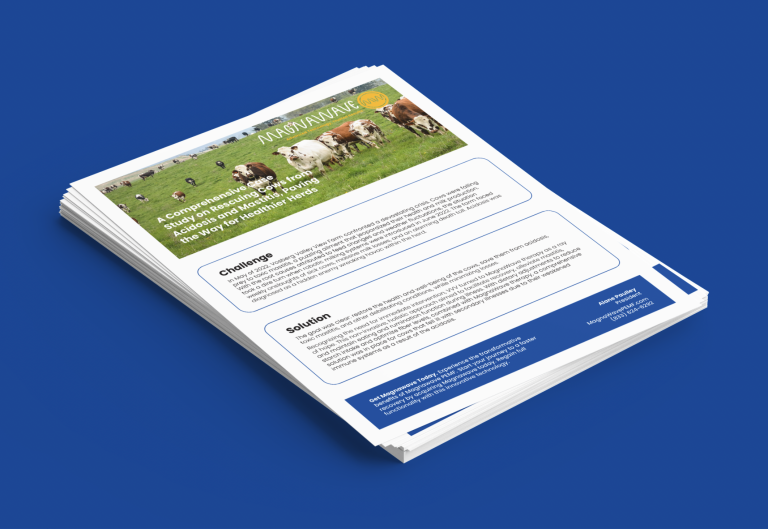
These assessments took place one hour, one day, and one week after treatment. At the one-hour mark, the veterinarian recorded lower lameness scores and the bloodwork showed a clear drop in all four inflammatory cytokines, suggesting that the PEMF session had eased pain and dampened inflammation in the short term. However, the inertial sensors, designed to detect asymmetry in a single plane of motion, did not register significant changes in gait. A discrepancy the researchers attributed to the sensors’ limited range.
By the next morning, most of the clinical improvement had faded, and the cytokine levels were already climbing back toward baseline. One week later, both the blood markers and the lameness scores had fully returned to their pre-treatment values.
What does this mean for owners and trainers? A standalone PEMF session can act like a brief anti-inflammatory boost, useful for taking the edge off discomfort but not sufficient as a one-time cure. Horses living with osteoarthritis are likely to benefit from a series of treatments scheduled in consultation with a veterinarian, combined with other management strategies such as proper footing, weight control, targeted nutrition, and, when appropriate, intra-articular therapies.
Because PEMF is non-invasive and drug-free, it may be particularly handy when medication withdrawal times complicate show schedules or when a horse cannot tolerate injections.
The full report will be avaliable to the public in the near future, the preliminary findings used for this blog post published in The Horse magazine’s coverage of the study.
The study referenced in this article was conducted entirely by independent researchers; MagnaWave had no role in its design, funding, execution, or publication and is not affiliated with the investigators or their institutions. All information presented here is provided solely for educational and general-interest purposes and should not be interpreted as veterinary advice. Always consult a licensed veterinarian before starting, stopping, or modifying any treatment or therapy for your animal. MagnaWave makes no representations or warranties regarding the accuracy, completeness, or applicability of the study’s findings and assumes no liability for any actions taken based on the content of this blog.

